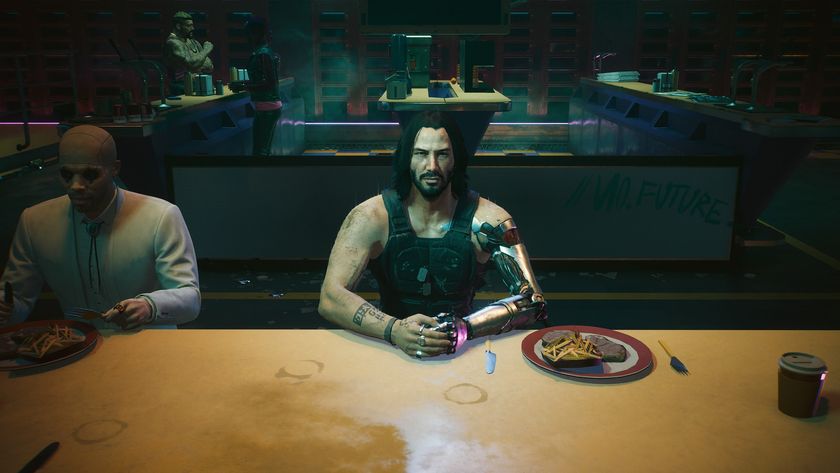Black Magic, Zombie Dust, and Zydeco: behind-the-scenes of cult classic Voodoo Vince
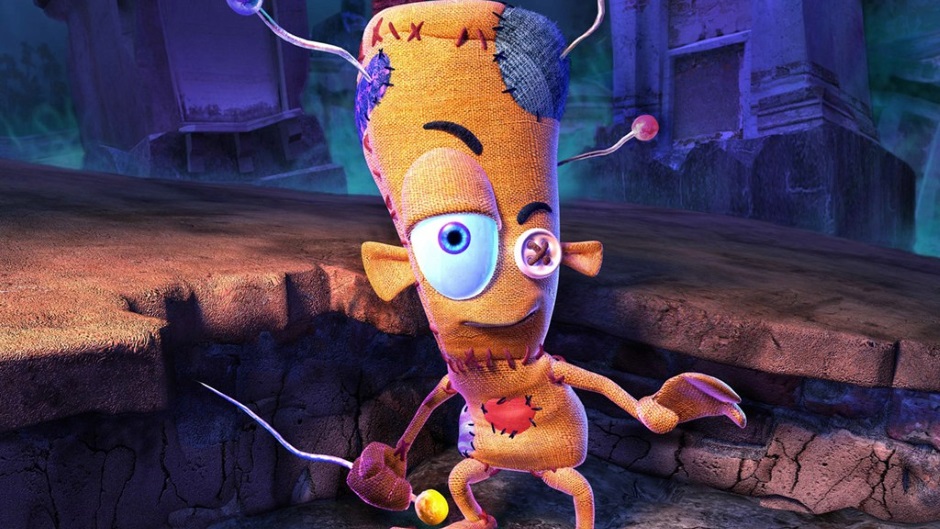
Thirteen years ago, an unlikely hero—one comprised of stitched burlap, pins and a healthy appreciation for second line jazz—emerged from the New Orleans bayou to star in his very own darkly humorous 3D platformer. Voodoo Vince, as he was appropriately christened, has managed to accrue quite the cult following since his exclusive original Xbox outing, though surprisingly the game never acquired backwards compatibility for any of the successive Xboxes. But it may be for the best, seeing that in early 2017, the retro classic will be receiving a current generation makeover for Steam, Xbox One and Windows 10. So as Vince readies himself for a triumphant (and high definition) reincarnation, it seems appropriate to return to his humble French Quarter roots. In an old city and in an old neighborhood, resting atop a shelf inside a dimly lit voodoo shop, we find Madame Charmain’s third best voodoo doll. And it’s here where Vince’s black magic story begins.
Clayton Kauzlaric, creative director and senior witch doctor on the project, started his career in the games industry working both as an artist and art director. He’d recently left Cavedog Entertainment (of Total Annihilation fame) when the idea for a brand new project came knocking, and the timing couldn’t have been more perfect. “I was sitting around with a notepad one evening,” Clayton recalls, “sort of hanging out, watching TV and drawing random pictures like I usually do, and I had this drawing of a little voodoo doll that I thought might be fun to use for a game. I imagined the idea would be about hurting the main character. I think I wrote ‘Vince the Voodoo Doll: A Game Where Getting Hurt=Good’. The fundamentals were pretty well set from that very first instant.”
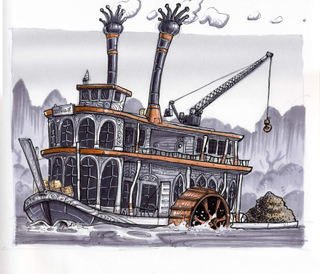
Once Clayton had generated some basic concept art and 3D mockups of Vince for reference, he reached out to friends he’d worked with over the years to see if they wanted to, as he jokingly refers to it, “run off and do something really dumb like start a company that makes video games”. Pitch documents and meetings with publishers soon followed, as well as the official formation of Beep Industries. It took over a year before Microsoft finally signed on, though Clayton says the slow uptake worked in the team’s favor. “It gave us time to work over the concept, get the idea together and organize the team,” he says. “We were able to clearly plan ahead of time how we’d go about building the game. As far as small studios go, we were really buttoned up when we started the actual work.”
Development on Voodoo Vince commenced in the summer of 2001, just months before Microsoft’s 8.5-pound DirectX behemoth was set to hit store shelves. And though Vince didn’t have the same squeaky clean proclivities as Mario or Sonic, it does seem he could have easily represented Microsoft’s first home gaming console. As it turns out, the potential was there, albeit as a pipedream of sorts.
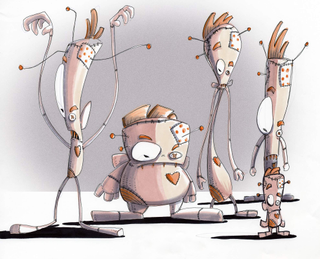
“We were all aware there was this new console coming out,” says Clayton, “and yes, in the back of my mind, I was thinking, ‘Man, that’d be great if we could come up with a sort of mascot type of character’. At the time, I don't think anyone knew that kind of thinking was almost dated already, because the Xbox had a mascot, and that mascot was Master Chief. We thought maybe we’d have a shot at something like that if we were able to get out closer to launch, but as it was, [the game] took so long to pitch, get a yes and get off the ground, that I don't think we were ever going to be a launch title for the console. It makes it really difficult to be the mascot if you’re not out on day one.”
Luckily, missing the Xbox launch didn’t prevent the team from moving forward. Clayton, who says he’s always had a significant affinity for 3D platformers, looked to some of the genre’s finest for guidance, citing certain key titles as having influenced Voodoo Vince’s core design. “It’s almost obvious if you look at anything from Super Mario 64 or Rayman 2,” he admits. “There was a list of things I had played and really loved, like Donkey Kong 64 and Conker’s Bad Fur Day. Those were all pretty fresh in my mind at the time, so I think they were all driving [the development].”
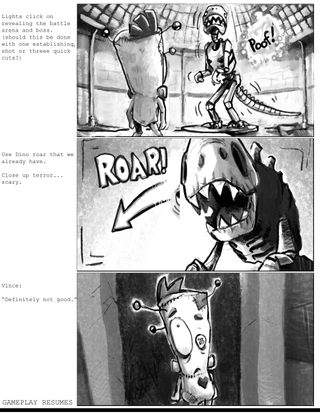
Even though the Beep team was comprised of experienced game developers and had proper examples of the genre to analyze and deconstruct, none of them had built a 3D platformer before. As such, everything had to be created from scratch, and that included the game’s trademark gimmick. Vince’s ability to hurt enemies by hurting himself proved to be one of the more challenging aspects of development. “The voodoo concept itself was always a really big trick,” Clayton says. “We had this weird balance we had to strike, where the most fun things we came up with required tons of custom content. You’d have all these one-off jokes, puzzles and gags.”
Sign up to the 12DOVE Newsletter
Weekly digests, tales from the communities you love, and more
Accordingly, the voodoo doll mechanic would go through several iterations, including two different combat systems, before settling on a version that, at the very least, fundamentally satisfied the original idea. “We had versions where Vince would run around and just hit himself,” Clayton laughs. “He had a little wispy targeting mechanic like in the Medieval games, but it was a) too simple to play and b) you started feeling bad for Vince after a while!”
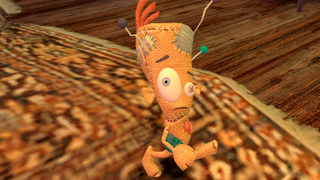
In the end, a rapidly approaching release date forced the team to make compromises, and while Clayton is indeed proud of what was ultimately accomplished, he does have some regrets. “I feel like we could have done a lot more with the voodoo concept,” he admits, “but we had milestones to meet and playtests to go through and a game to get out the door, so it came down to doing a pretty straight-up combat system and saving a lot of the voodoo for the boss battles.”
While the game itself turned out well enough in its own right, it would be an absolute travesty not to mention Voodoo Vince’s wholly unique jazz soundtrack. “Audio is half your game, yet it’s almost an afterthought in a lot of game development,” Clayton says. “I always felt there were two main characters in our game: one is Vince and the other is the environment. And there was no getting that across without really good sound design.”
For both audio and soundtrack duties, Clayton enlisted the talents of Steve Kirk, a composer who was more than up for the challenge of scoring Vince’s unsettling Louisiana escapade. From the outset, it was an ideal partnership.
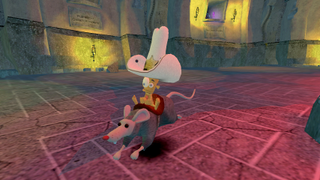
“Unlike a fair amount of game designers, Clay is pretty musically literate,” Steve says. “He had a really good idea of the style he wanted for each level, and he had examples he would play for me. Like he’d say ‘I need something that sounds like Tom Waits on Swordfishtrombones and I knew exactly what he needed. Or another example was in the beginning level, when he said we needed something similar to Django Reinhardt's Hot Club stuff. So I thought, I’m going to do that, but I’ll make the chord progression a little spookier.”
The soundtrack, which Steve says was meant to be “a kind of psychedelic interpretation of New Orleans-based styles”, would go on to include traditional jazz, zydeco, second line, and even a New Orleans take on R&B. “The drummer John Hanes and I did some research on New Orleans-style drum beats before I started writing,” says Steve. “There were at least five or six pieces that were built entirely on John’s drum track from that particular day’s recording session, like Bumper Cars and Sarcophagus Hustle.”
And it wasn’t just the drums that were recorded live. Songs were largely performed with real musicians playing actual instruments, the likes of which included violin, cello, saxophone, piano, mandolin, banjo, harmonica, vocals (that’s Steve’s haunting pipes toward the end of the excellent Zombie Guidance Counselor track) a full brass line and even a dependably eerie theremin. The whole composition, including in-game music cues, proper tunes and even a song written by Clayton (Vince Theme), came in at just under three total hours of material—composed, arranged, recorded, mixed and mastered in six months. “It’s about the most prolific I’ve ever been,” Steve admits. “It was 12 hour days for those six months, and it was a total blast.”
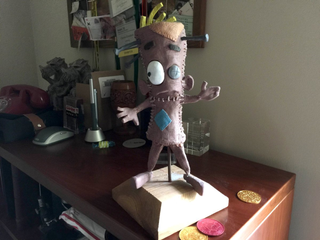
For the remaster, Steve says to expect a fresh orchestration of one of the original pieces, as well as a brand new exclusive song. That’s of course in addition to the game running in 1080p at 60fps and sporting a completely rewritten rendering engine with crisp new textures and amped-up effects. Clayton, who doesn’t want to be heavy-handed with the update, says he wants the game to “look how you think it looked” and not necessarily how it looks when going back to it today. “Vince’s original texture was only 512 by 512 pixels,” says Clayton. “Now it’s a big 2,048, so you can get in on every thread of his burlap.”
There’s no doubt that all the new bells and whistles will make the game look great for fans looking to relive the original experience, but perhaps the best part of the remaster will be its potential for reaching a whole new generation of voodoo apprentices. “It’s an innocent kind of game,” Clayton says, looking back. “I love the simplicity of it. Today, there’s a lot of pressure to really embellish games and make the systems really complex. Back then, you could do something that was simple and charming,” he finishes, “and that was okay.”
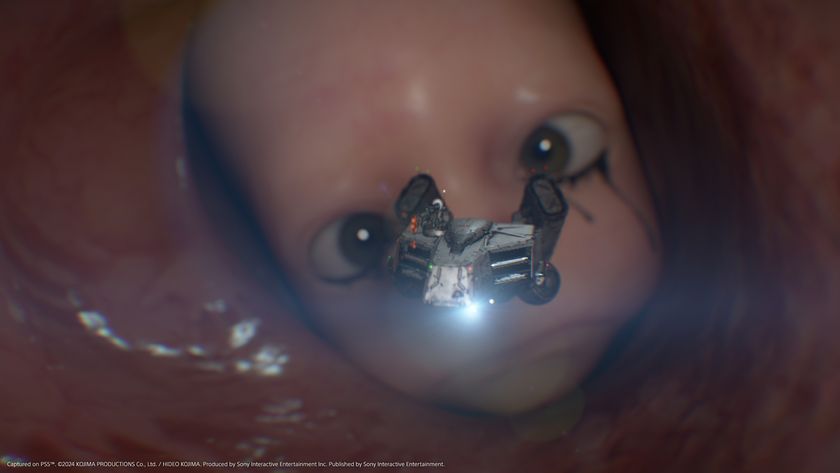
Death Stranding 2 draws ever closer as Hideo Kojima shares emotional behind-the-scenes update from "important scene" that wrapped recording for 6 voice actors at once
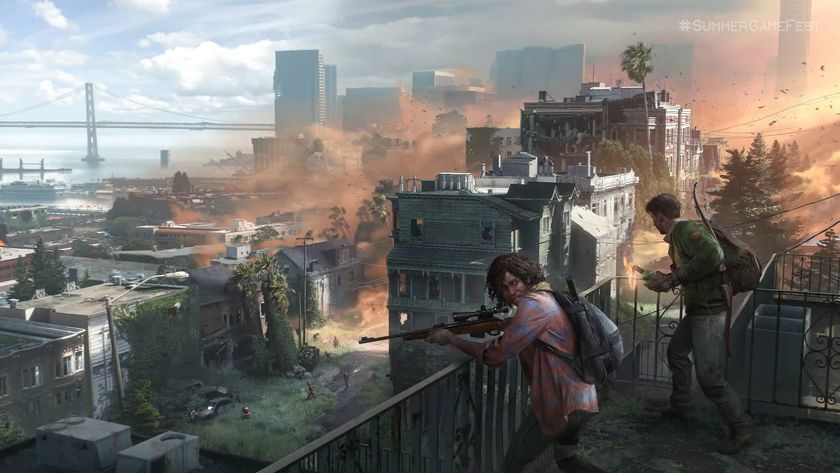
Cancelled The Last of Us Online game was "great," but former PlayStation exec says Naughty Dog had to scrap it after Bungie told them how much work it would be
Most Popular







